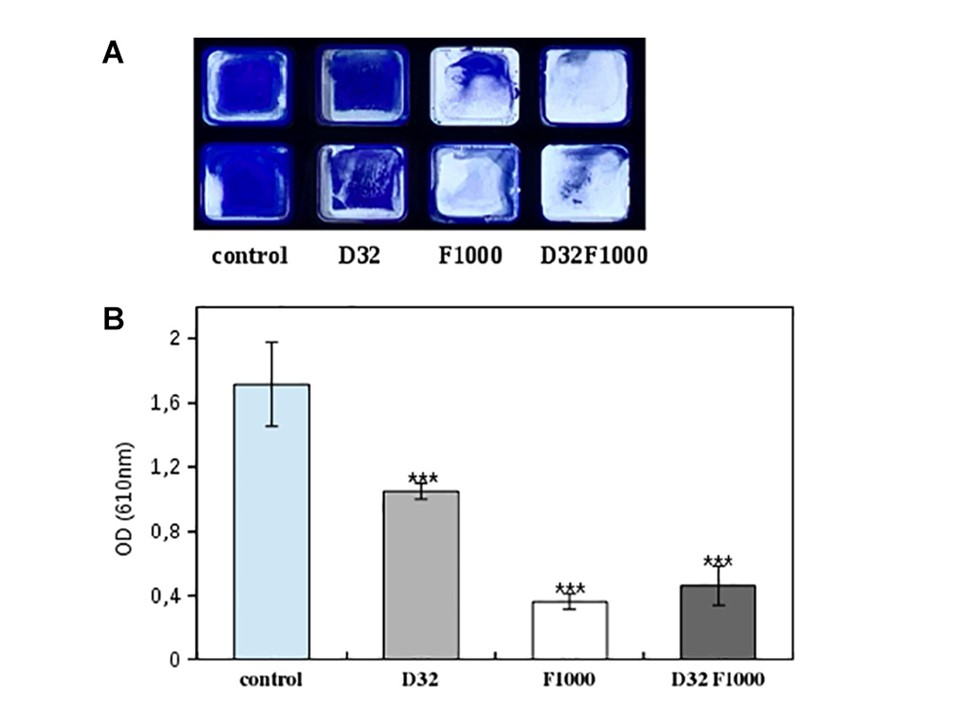|
Biofilms
Biofilm formation capacity of different microorganisms contributes enormously to infection development because biofilms protect them from immune system attacks and conventional treatments. Thus, our group research focuses on the study of bacterial and fungal biofilm growth dynamics in Real-Time using impedance-based measurements in the xCELLigence system. Moreover, we also investigate oral (poli-species) biofilms including those of saliva and deep periodontal pockets. The main purpose of our research is to choose the best treatment strategy for each patient individually.
In addition, we also investigate the anti-biofilm capacity of conventional antibiotics, different natural compounds, and nanoparticles. Given that xCELLigence system is capable of detecting the appearance of small colony variants we also investigate bacterial persistence within biofilms. The impedance-based measurements not only provide quantitative information about biofilm growth, but also determine the efficiency of conventional antibiotics on biofilm formation and disruption of heterogeneous persistent biofilms.
We have also applied impedance measurements to study oral biofilms, by using fresh oral samples (saliva, supragingival and subgingival plaque, tongue brushings or endodontic infections) to form a biofilm ex vivo where we can test the effect of different antimicrobial, prebiotic or probiotic strategies.
Staphylococcus aureus biofilm formation in presence of the antibiotic dalbavancin (D32), the disaggregation molecule ficin (F1000) or the combination of both, as measured by crystal violet staining and quantification.
Participants: PhD. Miglé Ziemyté and Dr. María D. Ferrer García
Selected publications:
- Effect of Dalbavancin on Staphylococcal Biofilms When Administered Alone or in Combination With Biofilm-Detaching Compounds. Zyemité M, Rodríguez-Díaz JC, Ventero MP, Mira A, Ferrer MD. Front Microbiol. 2020 Apr 17;11:553.
- Shifts in Composition and Activity of Oral Biofilms After Fluoride Exposure. López-López A, Mira A. Microb Ecol. 2020 Oct;80(3):729-738.








